Eight
SCHOOLS
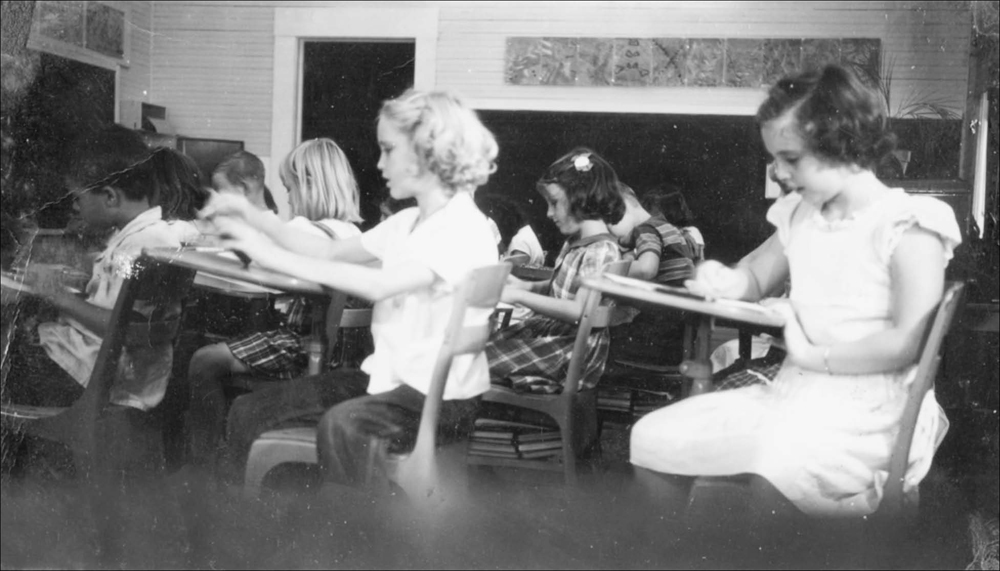
In 1953, Becky Vincent Juvinall (far right) was in the fourth grade at the wooden Zellwood Elementary School. Each year, students anticipated field trips to the symphony at the Orlando Municipal Auditorium (later named the Bob Carr Auditorium). Orange County Public School’s itinerant music teacher would bring records and a record player to familiarize students with the year’s classical concert selections and to teach them to recognize the instruments of the orchestra. (Courtesy of Becky Vincent Juvinall.)

Zellwood School, located at the top of the hill on King Avenue, was picturesque, with evergreen trees lining each side of the long sidewalk. In the late 1940s and early 1950s, students from music class performed in an annual show with the All County School Chorus in the Orlando Municipal Auditorium. The girls wore white dresses; the boys wore white shirts. Spelling bee finalists attended the yearly spelling bee in Orlando.
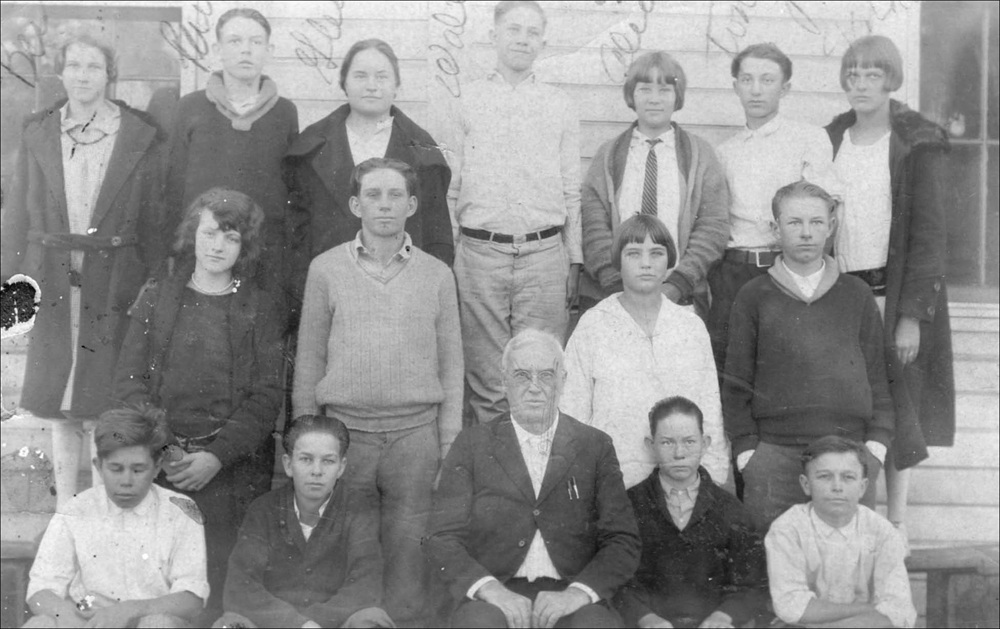
In this image from the early 1900s, Americus C. Allen sits front and center with Zellwood students. Professor Allen, who arrived in Zellwood in 1916, was both teacher and principal. At some point, his two daughters—Clarice and Annie Allen—also taught at Zellwood School. (Courtesy of Honey Caldwell.)
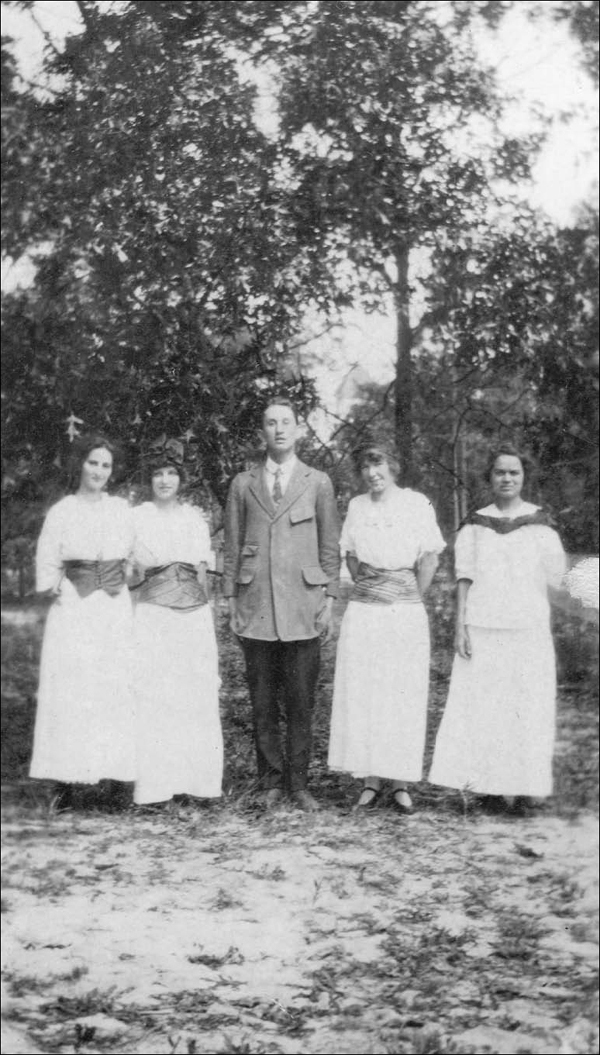
The program pictured below is dated May 14, 1915, and indicates that there once was a Zellwood High School whose principal was C.A. Nixon. The five graduating seniors shown in the photograph at right are, in no particular order, Jessie Gardner, Hamilton Jones, Hester Morton, Linna Pike, and Jane Tatlow. (OC.)
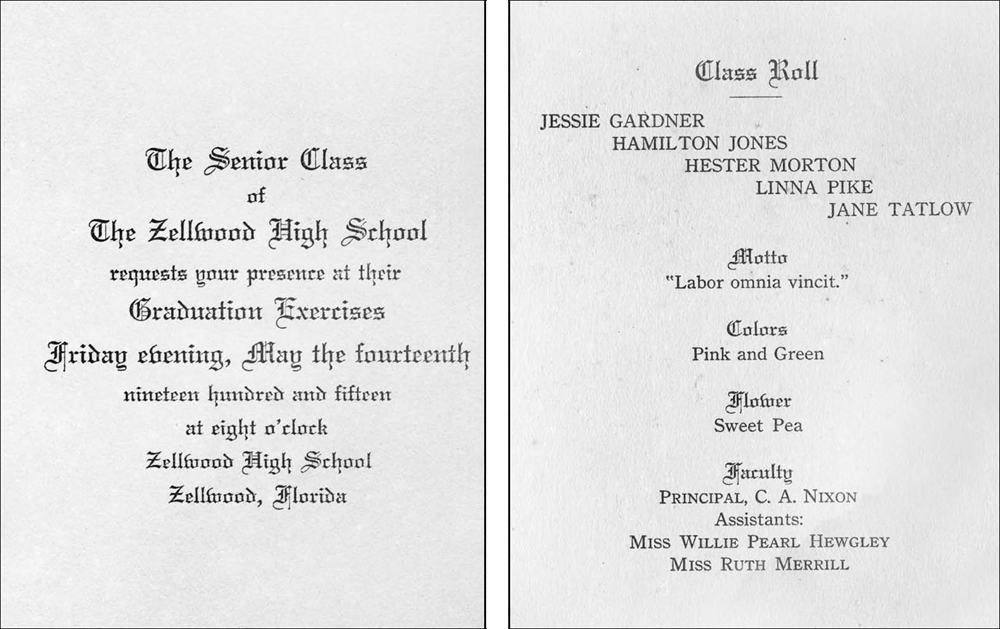
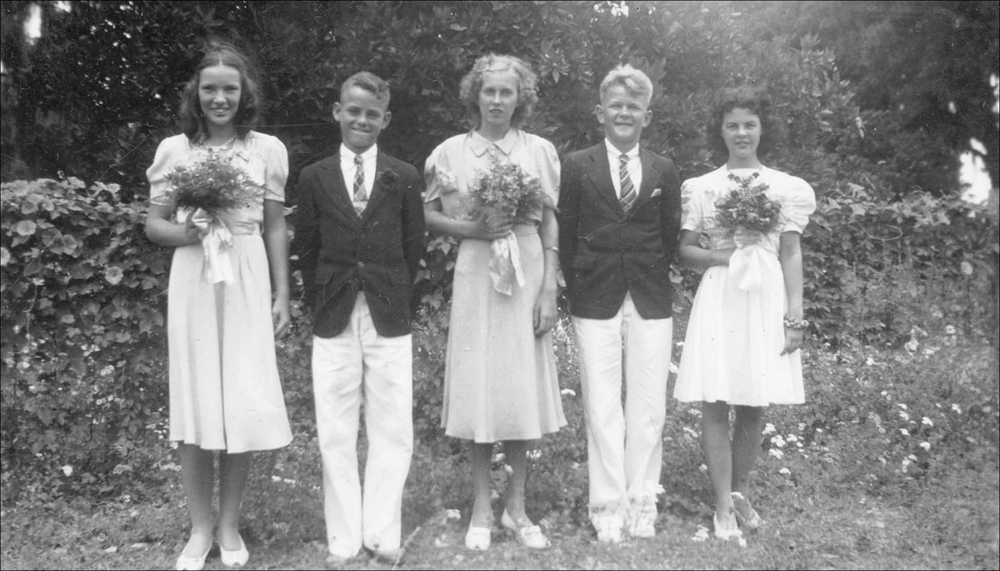
From left to right, Lucille Goolsby, Hoss Driver, Louise Goolsby, Glen Morton, and Erline Bell represent the entire 1940 Zellwood Elementary School graduating class. They had attended first through eighth grades at Zellwood and would ride the bus to Apopka High School for the next four years. (Courtesy of Erline Bell Chafin.)
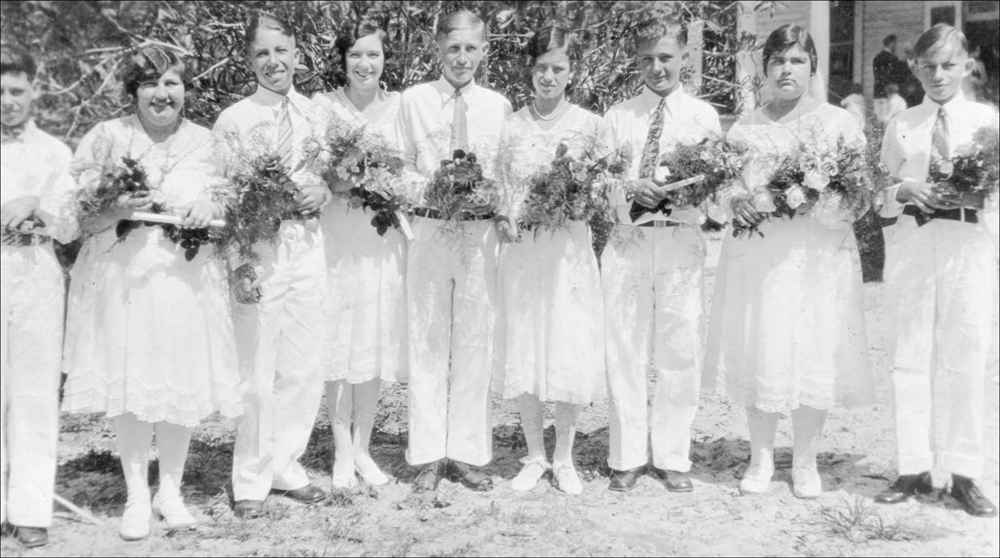
In 1931, nine students graduated from Zellwood Elementary School. In the fall, they would be enrolled in Apopka High School. The students are, from left to right: Gardner McGraw, Helen Stewart, Jerry Svrlinga, Agnes Vincent, Paul Potsko, Mildred Driver, Mike Ondich, Marguerite Hammond, and Amil Bojkovsky. (Courtesy of Rosa Lee Ondich.)

In the 1878 annual report of the St. James Episcopal Mission Church, Reverend Phelps wrote, “I drove to Zellwood and held services in a log school house with temporary floor which also served as town hall, opera house, and church.” This image shows the stately new Zellwood School building (which later housed Zellwood Elementary School) with an added library wing, which was donated by J.W. Paul in 1912. The library housed 2,000 volumes donated by Paul and T. Ellwood Zell.
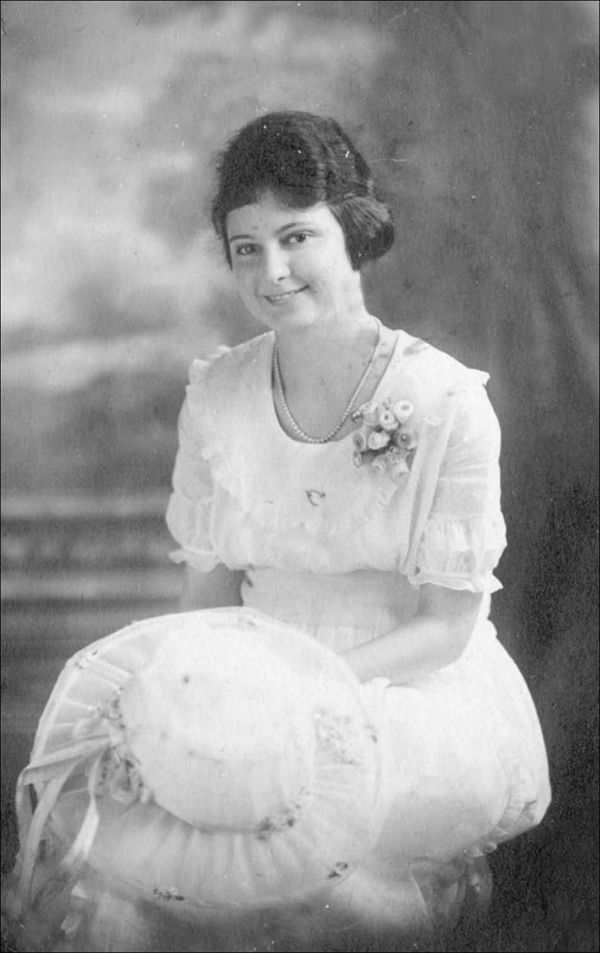
Violet Belle Douglas, a native Floridian, was born in Plant City on October 14, 1901. She attended Stetson University and the Business School of Orlando. Douglas taught elementary students in Zellwood and served as a librarian. She married Leon Osborn in Zellwood in 1940. She was an active member and officer of the Zellwood United Methodist Church, Zellwood Community Center, the Zellwood Library, and a life member of the Zellwood Garden Club. (CVT.)

Erastus “Walter” Fly looks uncharacteristically comical with his necktie askew in this photograph taken around the time he taught upper grades and served as principal at Zellwood Elementary School. After teaching in Zellwood, Fly served as principal of Apopka Junior High School from 1914 through 1917. He taught algebra, geometry, and Latin, and brought the PTA to Apopka. (JFB.)

In 1946, Sally Sewell was the lunchroom manager at Zellwood Elementary School; she is pictured on the far left of the third row. The student to her left is Jean Miller Corbett, who helped in the lunchroom. Sewell was an excellent cook and previously owned a restaurant in Georgia. After leaving the school, she babysat many children in Zellwood while their parents worked. She loved children and taught them high standards. (Courtesy of Jean Corbett.)
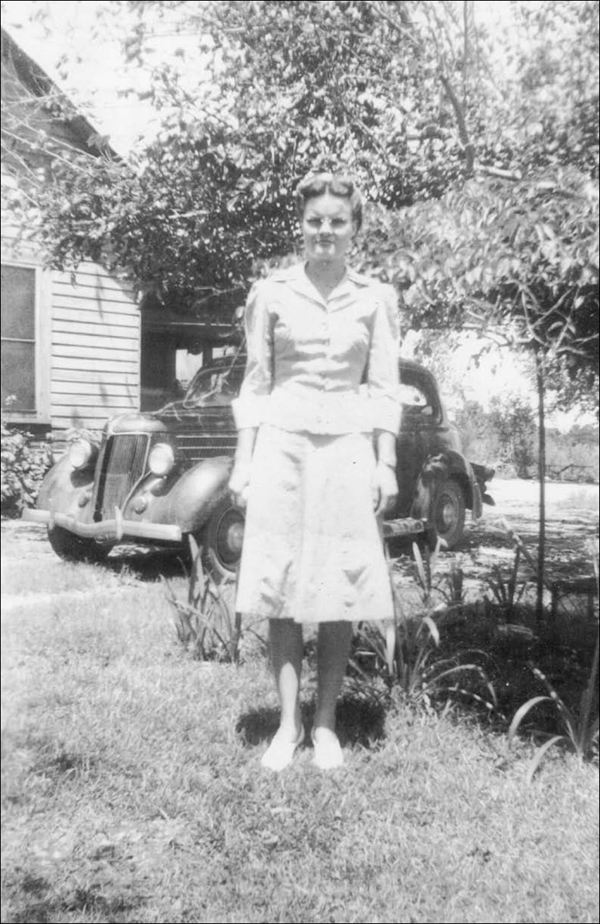
After moving from Georgia to Florida, Lois Warren attended college in Tallahassee and Gainesville during the summers. She started teaching after just one year of college. Warren felt inadequately prepared, but she found a teacher’s manual published by the state and stayed after school to learn it word for word, which gave her confidence. She taught in Zellwood in the 1940s and later in Union Park, Howey Academy, and Montverde. (Courtesy of Clayton Bishop.)
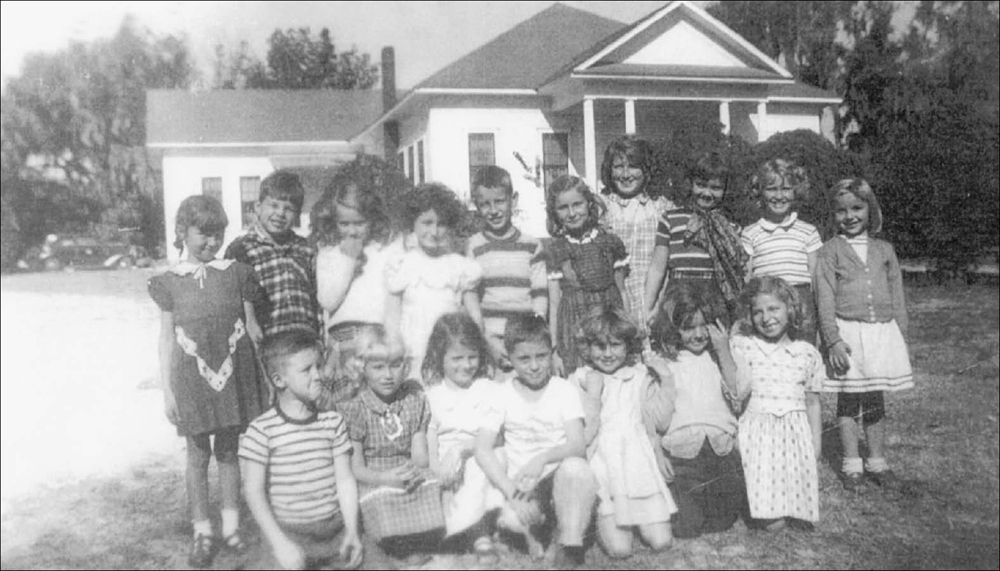
Three generations of the Fly family were associated with the wooden Zellwood Elementary School on King Street. Erastus “Walter” Fly, who arrived in Zellwood in 1911, served as a teacher and principal. Edwin Fly, Walter’s son, attended school there in the 1920s and early 1930s. In the 1950s, Edwin’s daughter, Mary Janice Fly (back row, fifth from right), attended first grade at the school with Lois Warren as her teacher. (JFB.)
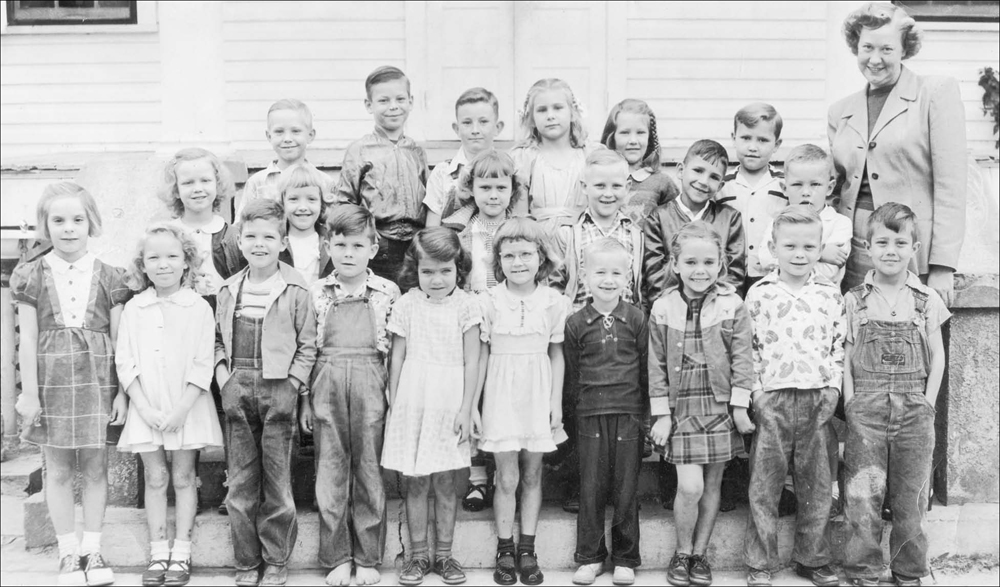
Through first-grade eyes, Zellwood Elementary School’s steps and columns could seemed grandiose and intimidating. This was not the case with the teacher, Marjorie White, with her warm smile. She loved the song “Somewhere Over the Rainbow” and played it often. Her students learned to read that year and enjoyed the playground swings. It was 1951, and the Korean War was going on far away from Zellwood Elementary School. A happy bunch—if they were not the richest kids, they did not seem to know that. (Courtesy of Diana Rice Acree.)
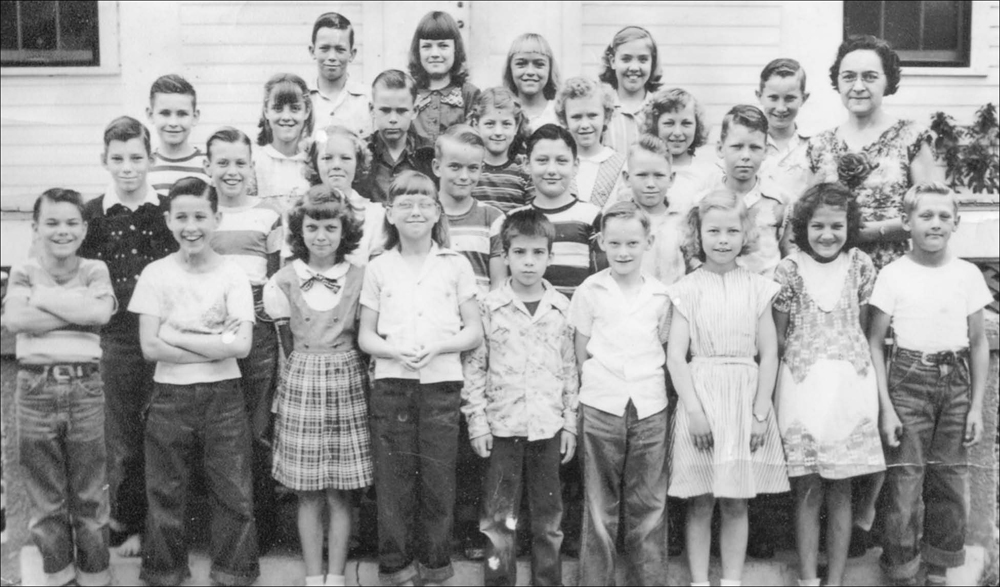
Lydia Hoffman’s 1951 fifth-grade class included six students who were advanced to her class from fourth grade: “Skeet” White, George Uptagraft, David Simmons, Horace Weaver, Paul Hobkirk, and Deloris Brown Lynch. History was fun, as the students created dioramas depicting what was taught. Each spring, on May Day, the children would grab crepe paper streamers and dance around the maypole on the playground. (Courtesy of Sheldon Friederich.)
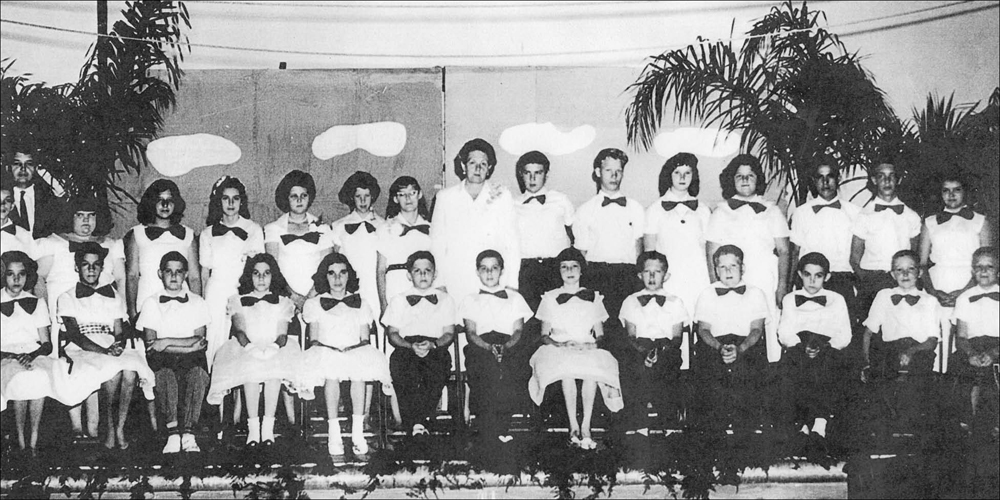
The May 1960 photograph above shows sixth graders being promoted in a ceremony at Zellwood Community Center. At that time, Franklin Carver was the principal, and Myrtle Hindmon was the teacher. In addition to the basics, Hindmon taught her class to square dance on Friday afternoons. Many members of this class had previously attended the wooden Zellwood Elementary School, which burned down in 1960. These students were the first sixth graders taught in the concrete building (below), which opened in 1959. Von Nelle Black, Orange County Public Schools’ itinerant music teacher, sang “Bless This House” for the new building’s dedication. There was no air conditioning or heat in Zellwood Elementary School during the 1959–1960 school year, but each classroom did have a water fountain and a bathroom. The school overlooked Lake Maggiore. (Above, CG; below, courtesy of Zellwood Elementary School.)
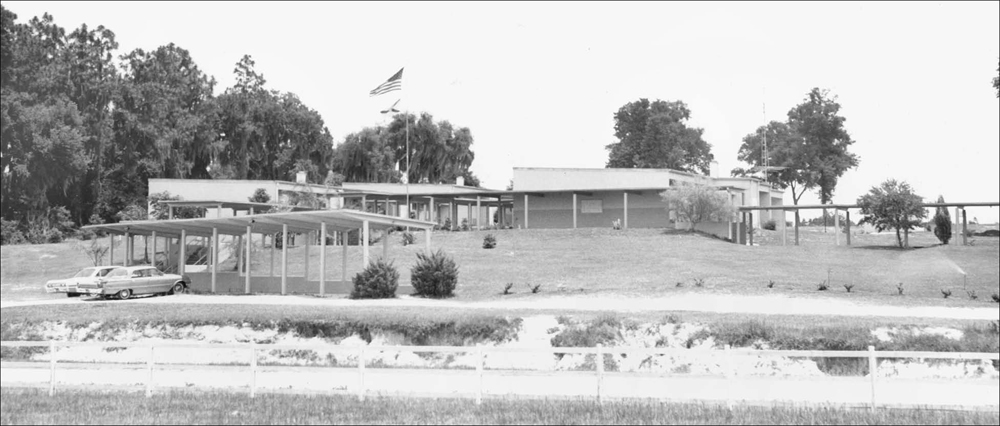
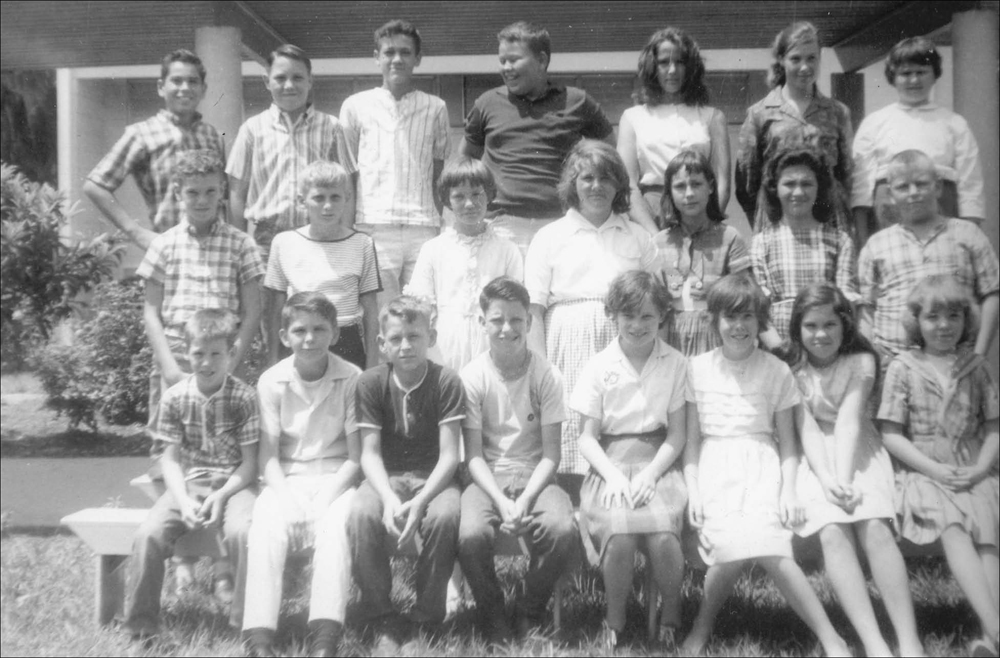
This is one of the two 1966 sixth-grade classes at Zellwood Elementary School. In the 1960s, students attending Orange County Public Schools in Zellwood went to Zellwood Elementary for first through sixth grades, then to Apopka Memorial High School for seventh through twelfth grades.
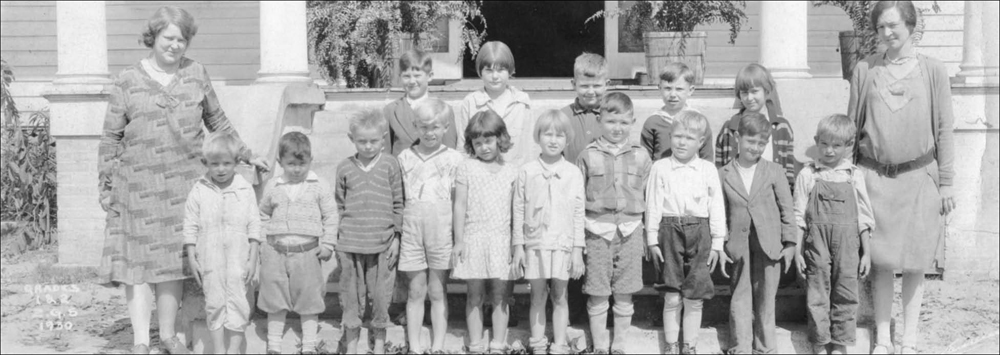
Anna Richardson (standing at far right) taught first, second, and third grades. Her students included Nadine White Starbird and Erline Bell Chafin. While teaching at Zellwood Elementary School, Richardson boarded at the nearby Zellwood Inn. Richardson and Elmer Small Marsell invited Elizabeth Letsinger, proprietress of the Zellwood Inn, to their quiet marriage ceremony. Richardson eventually gave up teaching, and she and her husband made The Old Nest, located on Ponkan Road, their home. (Courtesy of Laurie Marsell.)

Laughlin Estate had north, south, east, and west entrances. North Gate was inspired by the city gate of St. Augustine, Florida. In the early 20th century, motorists entering the grounds passed bamboo and moss-laden oaks planted by the estate’s 49 gardeners. Years later, the entry road through North Gate was named Dohnavur Drive. Now, parents pass through the historic gates to deliver their children to Hampden DuBose Academy, an interdenominational Christian school. (Courtesy of Twyla Ballard.)

On December 31, 1942, Pierre Wilds DuBose (seated at right, wearing bow tie) purchased 200 acres and approximately 30 buildings on the Laughlin Estate; this would become the campus of Hampden DuBose Academy. In March 1943, approximately 90 students moved from the school’s Orlando campus to the Zellwood property. Pictured here are DuBose and his wife, Gwynn, with the faculty, celebrating both James Henderson Cole’s return from World War II and the second wedding anniversary of Cole and his wife, Peyton DuBose Cole. (Courtesy of the Orange County Regional History Center.)

In this 1960 photograph, Richard Wolcott (far right) teaches science at Hampden DuBose Academy. The boarding school operated in Zellwood from the 1940s until 1980, with unpaid Christian faculty and staff living in student dormitories on campus. In the fall of 1980, Hampden DuBose Academy became a day school. As of this writing, the school has 125 students, ranging from pre-kindergarten four-year-olds to twelfth-graders, and 25 salaried part- or full-time faculty members. This image is from the school’s yearbook, ESSE. (Courtesy of ESSE.)
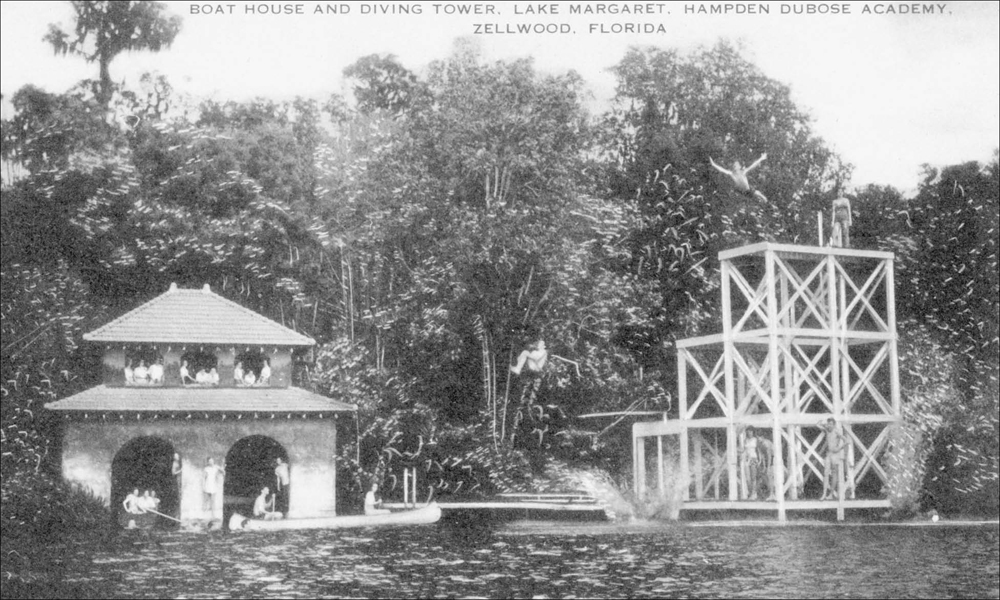
The former Laughlin Estate boathouse enhanced Hampden DuBose Academy’s waterfront. The school, intent on “Educating for Eternity,” emphasized athletic training, sound education, cultural awareness, and spiritual life. At the school’s peak, approximately 250 ninth- through twelfth-graders boarded there. Girls wore one-piece bathing suits. Students signed “the pledge,” which forbade them from attending movies, smoking cigarettes, drinking alcoholic beverages, or dancing. (Courtesy of Clayton Bishop.)






















